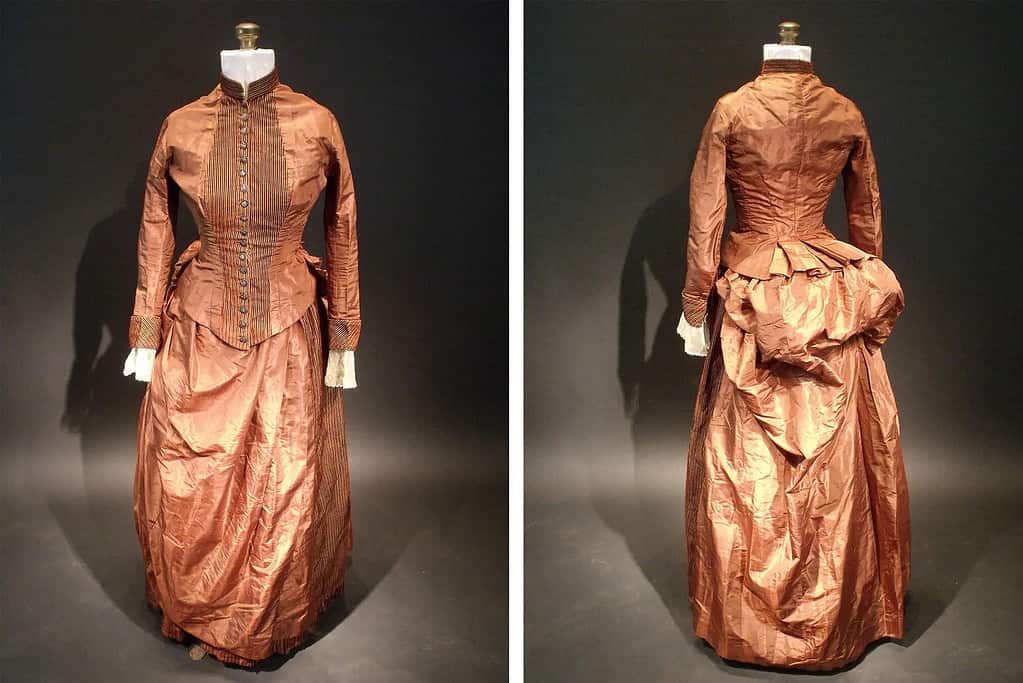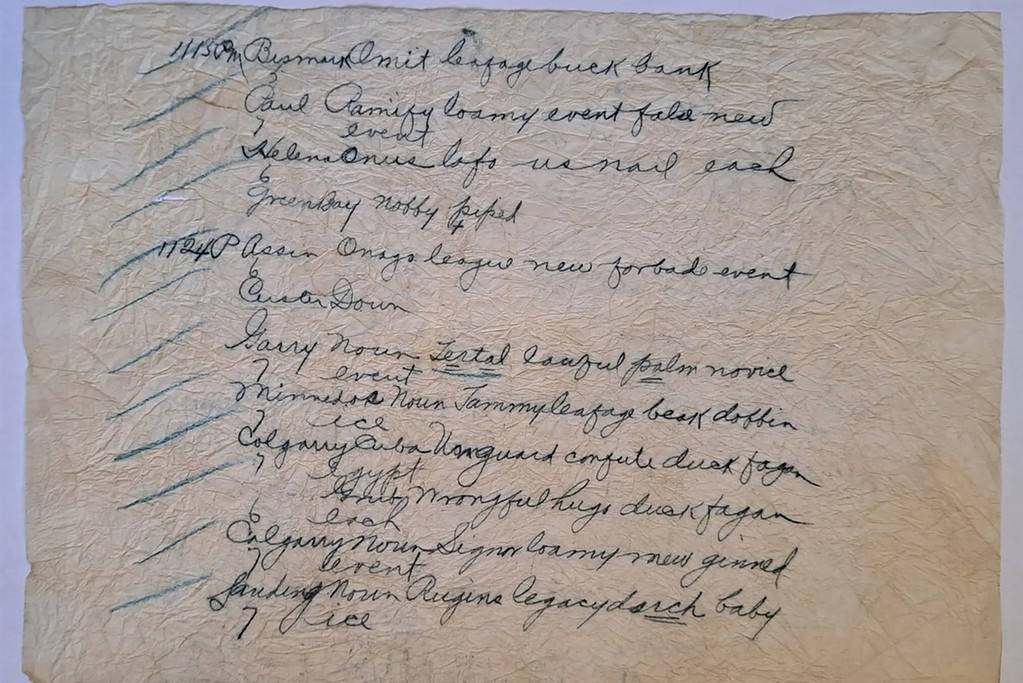
Back in the 19th century, weather stations had no internet, and they transmitted forecasts and important weather announcements via telegraph in the form of a code.
Wayne Chan, a computer analyst from the University of Manitoba, has cracked one such encrypted message recovered from two paper sheets found in the pocket of an antique silk dress.
An archeologist and artifact collector named Sara Rivers Cofield purchased the silk dress in 2013 from an antique store. During her inspection, she noticed a hidden pocket containing paper sheets with random English words written. For instance, one of the messages was:
“Bismark Omit leafage buck bank. Paul Ramify loamy event false new event”
Cofield had no idea what it meant, and she didn’t know how to decipher it. So she posted the photo of the paper sheets on her blog in 2014 and wrote:
“I’m putting it up here in case there’s some decoding prodigy out there looking for a project.”
Years passed, and many people tried to crack the code but nobody succeeded. Finally, in August 2023, Chan released a research paper revealing the secret message behind the silk dress cryptogram.
Decoding the silk dress cryptogram
The message is over 140 years old and there was no direct source one could use to decipher the telegraph code. Chan read about 170 books related to telegraphic code before he eventually found a text and pattern resembling the silk dress cryptogram.
“It was more in the way of historical research than a particular “codebreaking” technique. A great deal of historical work involving searching through many different telegraphic codebooks enabled me to find the correct codebook for this,” Chan told ZME Science.
During his research, he realized that the cryptogram had content similar to the cryptic telegrams released by US weather stations during the late 1800s. But why was the meteorological information sent in code rather than its original form?

Well, this was done to reduce the cost of the telegraph messages. There were dozens of stations across North America — much fewer than there are today — and each unit had to transmit observations several times a day.
Since the stations were charged by the word for the messages, they used codes to compress the weather observations (reducing the number of words needed) so that the telegrams would be cheaper to send, according to the researchers.
The deciphered version of the message “Bismark Omit leafage buck bank” goes like this:
Bismark – a meteorological reading taken at Bismark station in the Dakota territory
Omit – an air temperature of 56° F and pressure of 0.8 inches
leafage – dew point of 32° recorded at 10 PM
buck – clear weather, no rain and wind direction north
bank – wind speed of 12 mph and a clear sunset
Chan also used numerous old weather maps to pinpoint the date the message was sent. It turned out to be May 27, 1888.
“It reveals a time period that’s been relatively forgotten, when the invention of the telegraph allowed information about the weather to be transmitted over great distances, so that places could get advance warning of storms and other events,” Chan said.
The silk dress mystery is not fully solved
Although the secret message found in the silk dress pocket has been decrypted, some questions remain unanswered.
For instance, neither Cofield nor Chan knows the exact owner of the dress or why she had these messages in her pocket.
However, Chan has his own theory regarding the person who wore the silk dress.
“The analysis in my paper has shown that she was possibly a clerk working at the Washington, DC Signal Service office, which received all the weather telegrams from across the United States and Canada. This is not a definitive finding, however. If this is correct, she probably wrote the messages as part of her job,” Chan told ZME Science.
Hopefully, future studies will provide a clearer picture of the backstory of the silk dress owner.
The research article with the deciphered silk dress cryptogram is published in the journal Cryptologia.


